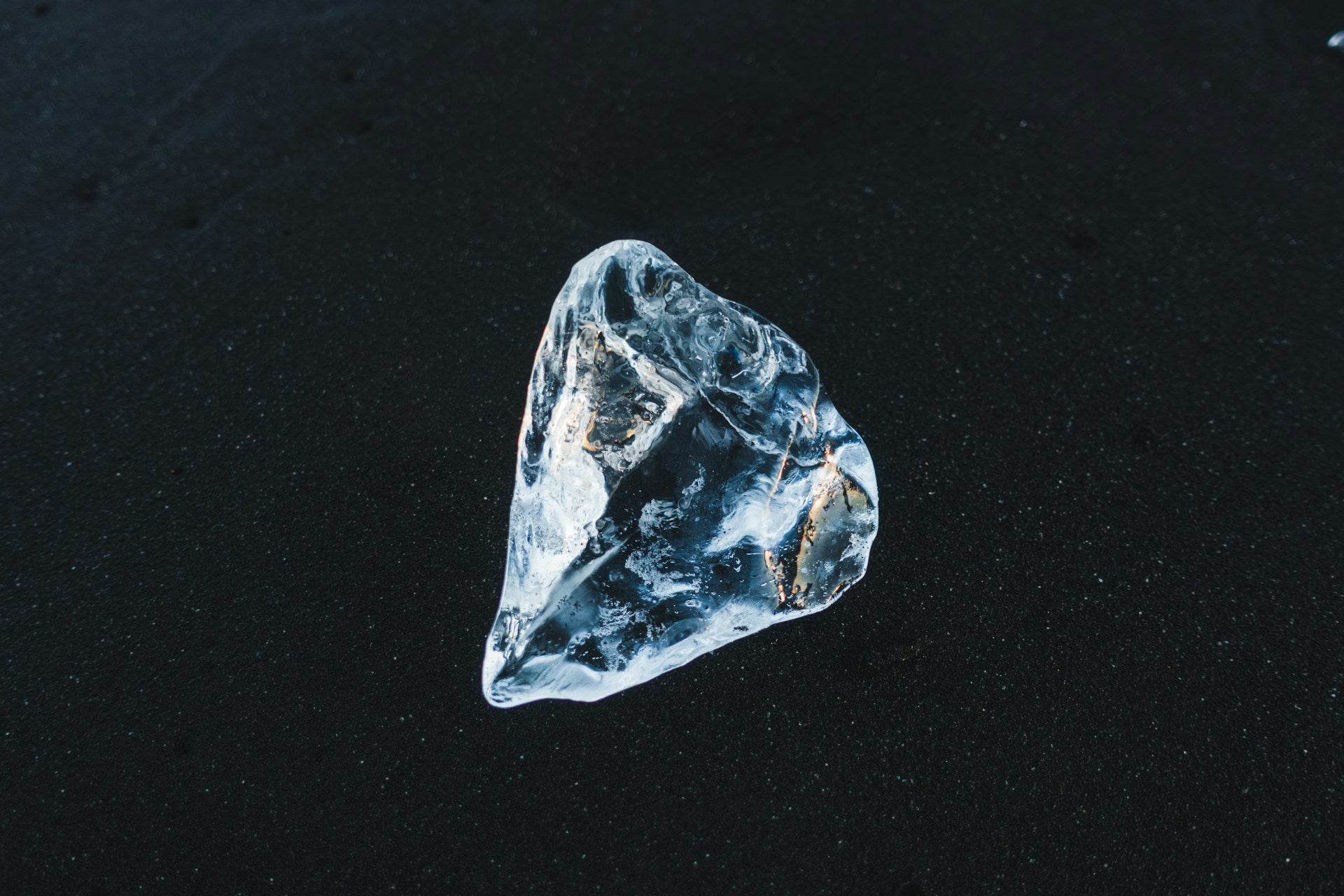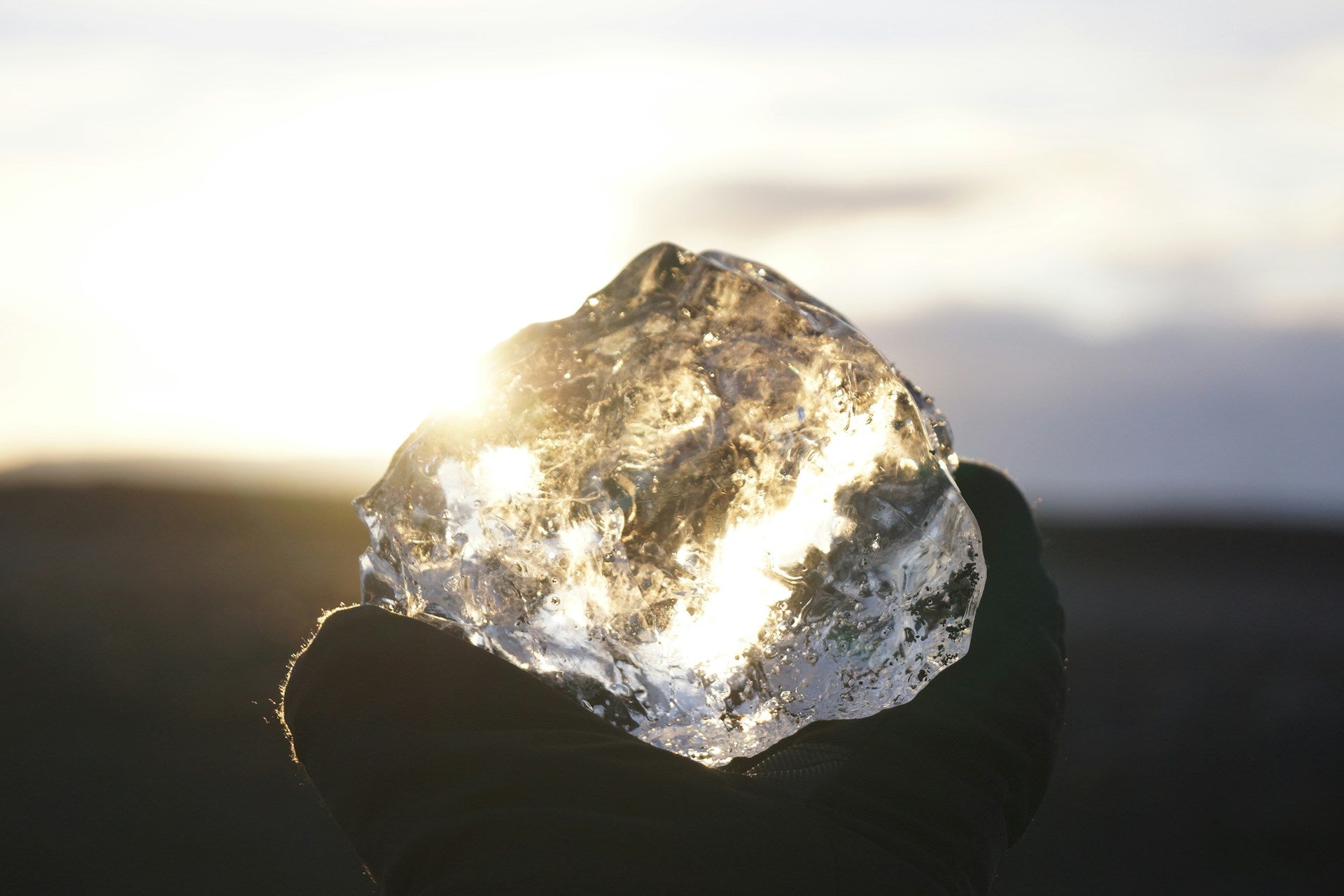
DAIMOND GUIDE
This guide examines evaluating diamond grades based on industry strandaards in cut, color, clarity, and carat.

What Factors Determine a Diamond's Quality?
Trained gemologists with specialized equipment measure the weight and dimensions of the diamond and assess quality characteristics such as cut, color, and clarity.
Fehu Jewel diamonds are independently verified for quality characteristics and origin. A diamond certificate or grading report provides an expert opinion on the quality of the diamond and is provided by an independent gemology lab.
Fehu Jewel diamonds are certified by the world’s leading gem grading labs including GIA, IGI, HRD, and GCAL. Please contact us to request an electronic copy of a diamond's lab certificate.
We are dedicated to providing our customers with an exceptional shopping experience, from personalized service to fast and secure shipping. We understand that every customer is unique, and we are committed to helping you find the perfect piece of diamond jewelry that reflects your individual style and personality.

How are Diamond Ratings and Grades Determined?
The Gemological Institute of America is the world leader in unbiased gem rating and grading.
They set the industry standard for diamond quality, creating a scale for cut, color, clarity grade, and carat to act as a diamond quality guide for jewelers and appraisers.

Diamond Certification
Like snowflakes, no two diamonds are identical. Each has its own set of unique characteristics that professional cutters strive to draw out, maximizing the beauty of the stone.
Each gem is held to a set of standards for cut, color, clarity, and carat– commonly referred to as the 4 Cs– that interact to determine the overall rating and diamond quality.
The cut, color rating, clarity grade, and carat weight can help determine diamond quality, but there’s no “right answer” to how a diamond should look. Many people in the market for a breathtaking piece of jewelry are more than willing to prioritize one factor in favor of another.

What Are Natural Diamonds?
Billions of years ago, deep below the earth's surface, pockets of carbon atoms compressed into a cubic crystalline structure. This structure bonds each atom to four others, or tetrahedrally, creating the hardest and most conductive of all known natural materials.
Diamond formation requires an unfathomable amount of pressure and heat. As far as scientists know, these conditions only exist 100 miles below the earth, where 725,000 pounds per square inch of pressure and 2500 degree Fahrenheit temperatures provide the ideal environment for carbon atom compression.
Once formed, these diamonds traveled through molten rock that erupted during volcanic activity, depositing the precious stone close to the earth's surface.
The countries of Botswana and South Africa are leading producers of diamonds, but mines exist in several countries worldwide.
Learn About Our Sourcing

How Are Natural Diamonds Different Than Lab Grown Diamonds?
The key difference between natural diamonds and lab grown diamonds is their origins and price.
There is virtually no difference between natural diamonds and lab grown diamonds to the naked eye. Still, there is a significant price reduction because they are not as rare as natural diamonds. That means couples can find stunning lab grown stones in sizes that might otherwise be out of budget.
Natural diamonds are created when carbon atoms are compressed in the right temperature and pressure conditions deep within the earth’s mantle. Lab grown diamonds recreate these conditions using high-tech equipment under the supervision of experts.
Lab-grown diamonds are virtually indistinguishable from natural diamonds, as they have the same atomic composition and structure. Both consist of carbon arranged in the same tetrahedral pattern.
Learn About Lab Grown Diamonds

